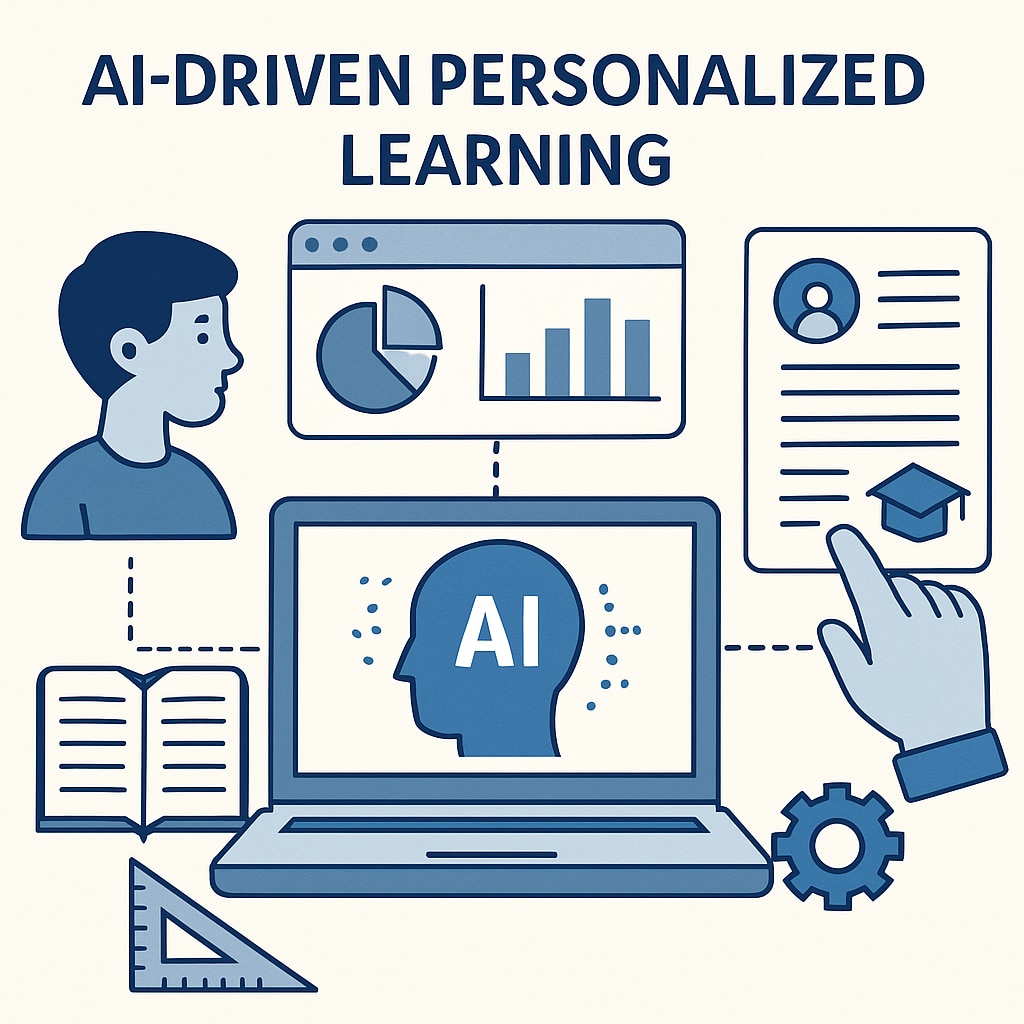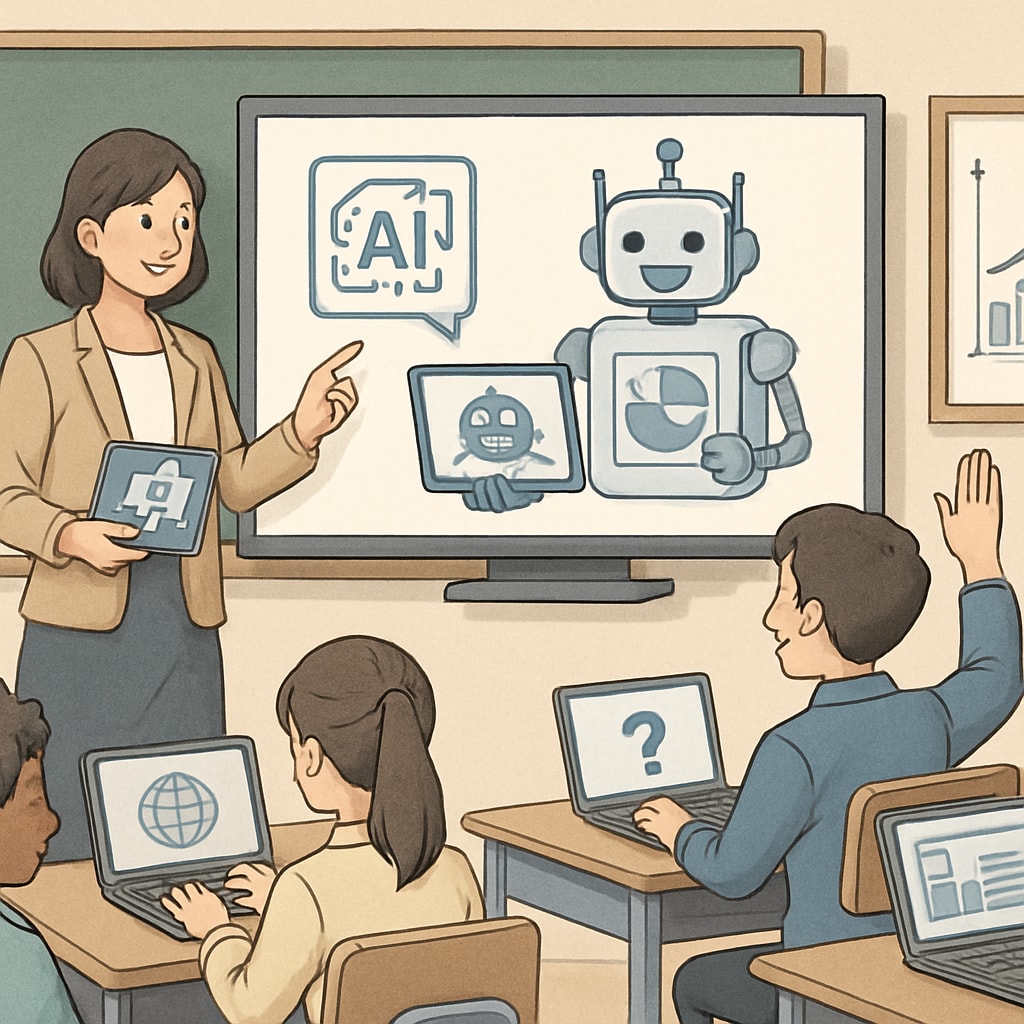Artificial intelligence (AI) is increasingly influencing education systems worldwide, particularly within K12 learning environments. As AI continues to evolve, its integration into classrooms is expected to transform personalized learning, redefine the roles of educators, and innovate assessment methods. This technological revolution brings both opportunities and challenges that could shape the future of education over the next 5-10 years.
Personalized Learning: Tailoring Education to Individual Needs
One of the most profound impacts of AI in education is its ability to facilitate personalized learning. AI-powered systems can analyze student performance data to identify strengths, weaknesses, and preferred learning styles. For example, adaptive learning platforms like Khan Academy use algorithms to adjust content based on individual progress, helping students master concepts at their own pace. This approach ensures that no student is left behind while simultaneously challenging advanced learners.

In addition, AI can provide real-time feedback, allowing students to address gaps in understanding immediately. These systems can also suggest tailored resources, such as videos, exercises, or reading materials, enhancing learning efficiency. However, the reliance on data raises concerns about privacy and the ethical use of personal information.
Redefining the Role of Educators
AI is not intended to replace teachers but to augment their capabilities. Historically, educators have spent significant time on administrative tasks, such as grading and lesson planning. AI tools can automate these processes, freeing teachers to focus on more impactful activities like mentoring and fostering creativity in students.

For example, AI can assist teachers in identifying students who require additional support. Predictive analytics can flag potential academic risks, enabling timely interventions. Furthermore, AI-driven platforms allow instructors to customize lessons based on class dynamics, making their roles more collaborative and strategic.
However, the reliance on technology could shift the role of teachers from active facilitators to passive overseers, potentially diminishing human interaction in classrooms. Striking a balance between AI assistance and human engagement will be crucial.
Innovative Assessment Methods
Traditional grading systems often fail to capture the full scope of a student’s abilities. AI offers innovative solutions through performance-based assessments and data-driven evaluations. For example, platforms like Britannica suggest that AI can evaluate not only academic knowledge but also soft skills like teamwork and creativity.
AI-powered assessments provide immediate feedback and actionable insights for both students and educators. These systems can identify patterns in learning behavior, offering a holistic view of student development. Additionally, AI tools can simulate real-world scenarios, assessing problem-solving skills in dynamic environments.
Nevertheless, there is concern that over-reliance on automated assessments might overlook the nuances of human judgment, such as emotional intelligence or situational context.
Opportunities and Challenges Ahead
The integration of AI into K12 education presents significant opportunities, including enhanced accessibility for students with disabilities and the ability to bridge gaps in underserved communities. For example, AI tools can translate lessons into multiple languages, making education more inclusive.
However, challenges such as unequal access to technology, ethical concerns surrounding data usage, and the potential for job displacement in educational sectors must be addressed. Governments and institutions will need to establish clear policies to regulate AI use while ensuring equitable benefits for all students.
In conclusion, artificial intelligence holds the potential to revolutionize K12 education by enabling personalized learning, redefining teaching roles, and innovating assessment methods. While its opportunities are immense, navigating its challenges will require collaboration among educators, policymakers, and technology developers.
Readability guidance: This article uses concise paragraphs, short sentences, and clear transitions to ensure smooth readability. Lists and examples are incorporated to summarize key points, while avoiding excessive passive voice or overly technical jargon.


